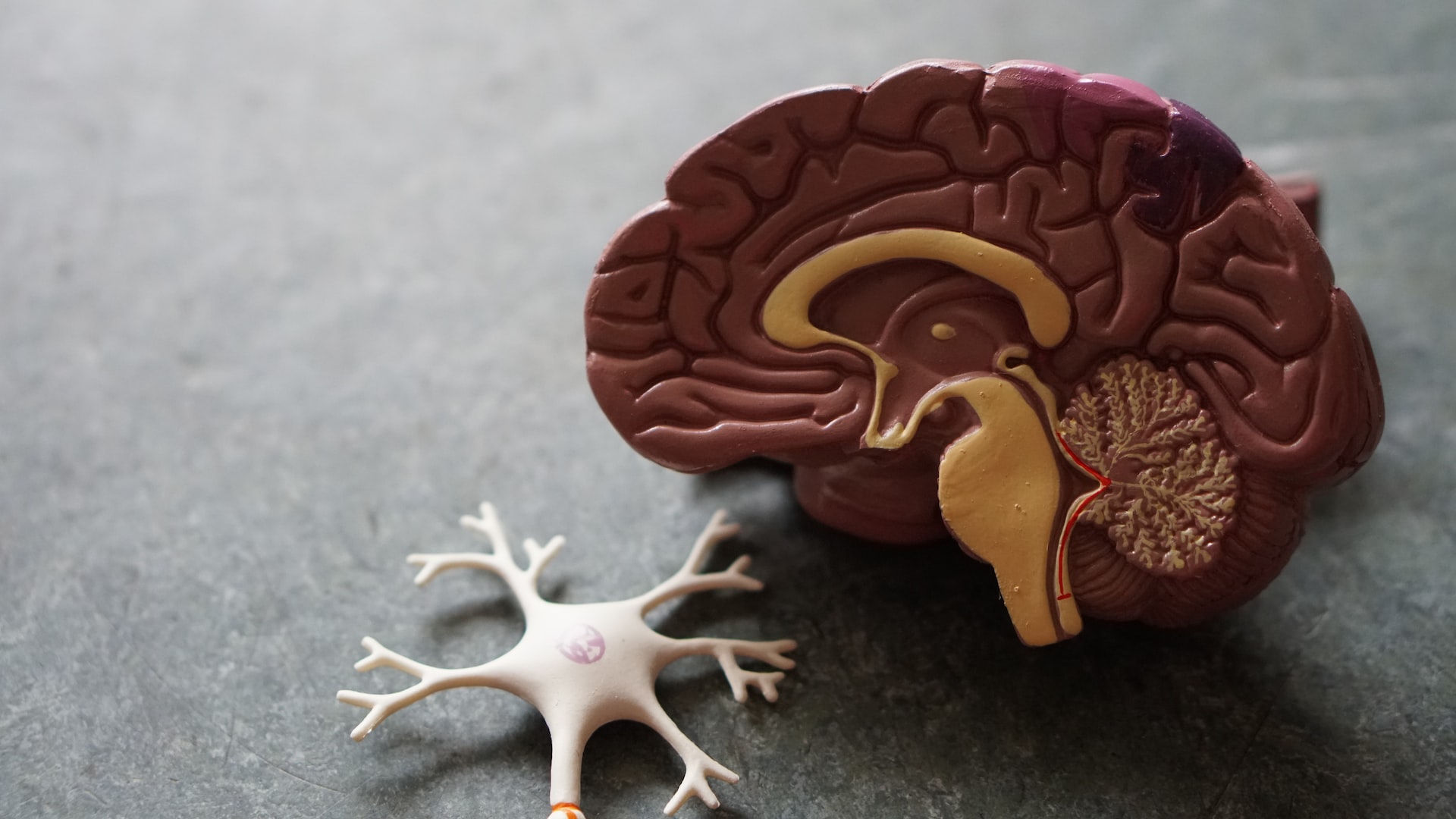Understanding and Managing Dehydration Risks
Understanding and Managing Dehydration Risks
Dehydration is a condition where the body loses more fluids than it takes in, leading to a lack of water and essential minerals called electrolytes. This can happen for various reasons, such as not drinking enough water, vomiting, diarrhea, or excessive sweating. Dehydration can affect anyone, but it is particularly dangerous for children, pregnant women, and older adults.
### Signs of Dehydration
Recognizing the signs of dehydration is crucial for early intervention. Common symptoms include:
– **Increased Thirst**: Feeling thirsty is one of the first signs of dehydration.
– **Dry Mouth and Eyes**: A dry mouth and eyes can indicate that the body is not getting enough fluids.
– **Dark Urine**: If your urine is dark yellow, it may mean you are not drinking enough water.
– **Fatigue and Headaches**: Feeling tired or experiencing headaches can be signs of dehydration.
– **Dizziness and Rapid Heartbeat**: In severe cases, dehydration can cause dizziness and a rapid heartbeat.
### Causes of Dehydration
Dehydration can occur due to several factors:
– **Vomiting and Diarrhea**: These are common causes, especially in children.
– **Excessive Sweating**: This can happen during intense exercise or in hot weather.
– **Pregnancy and Morning Sickness**: Pregnant women, especially those experiencing morning sickness, are at risk.
– **Medications**: Certain medications, like diuretics, can increase fluid loss.
### Managing Dehydration Risks
Preventing dehydration is easier than treating it. Here are some tips to stay hydrated:
1. **Drink Plenty of Water**: Aim to drink at least eight glasses of water per day.
2. **Monitor Urine Color**: If your urine is pale yellow, you are likely well-hydrated.
3. **Eat Hydrating Foods**: Include foods with high water content, such as watermelon and cucumbers, in your diet.
4. **Use Electrolyte Drinks**: In cases of severe fluid loss, electrolyte drinks can help replenish lost minerals.
### Special Considerations
– **Pregnancy**: Pregnant women should be particularly mindful of hydration to prevent complications like low amniotic fluid levels.
– **Children**: Children are more susceptible to dehydration due to their higher metabolic rate and inability to communicate thirst.
– **Older Adults**: Older adults may have reduced thirst sensation and should drink regularly throughout the day.
### Conclusion
Dehydration is a preventable condition that requires attention to fluid intake and awareness of its signs. By understanding the causes and symptoms of dehydration and taking proactive steps to stay hydrated, individuals can significantly reduce their risk of dehydration and maintain overall health.





